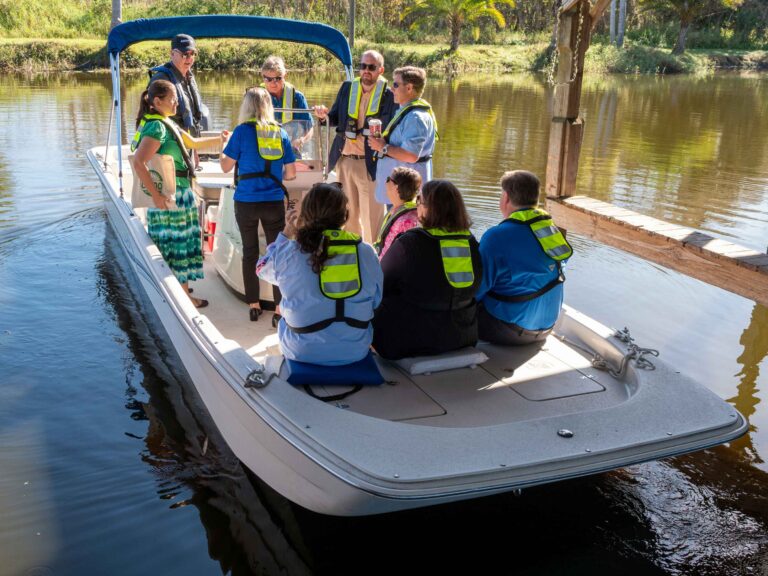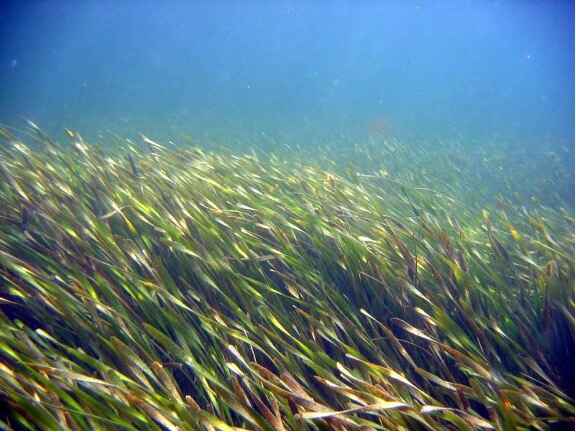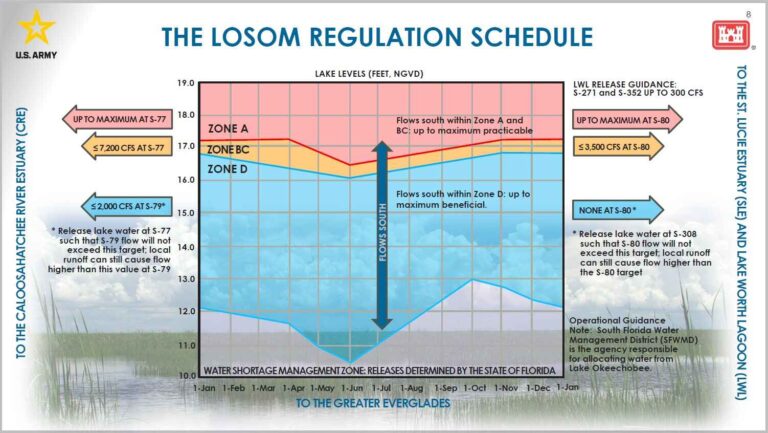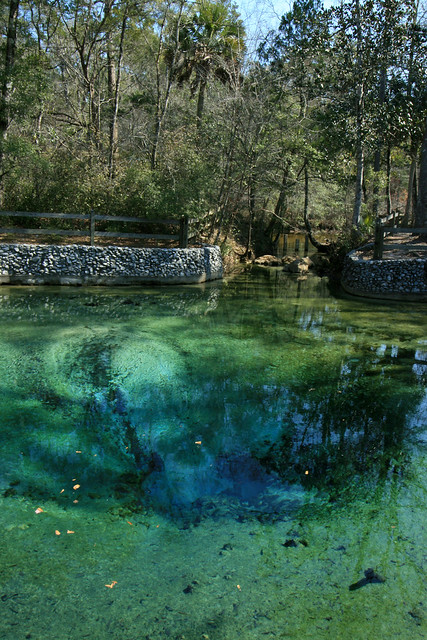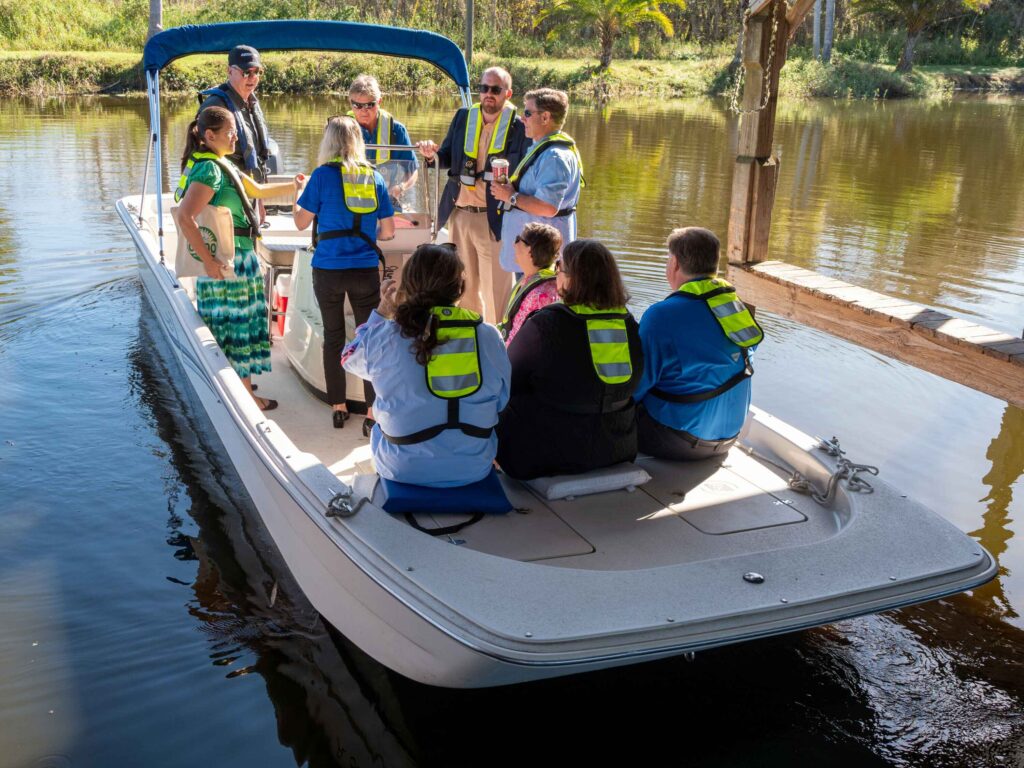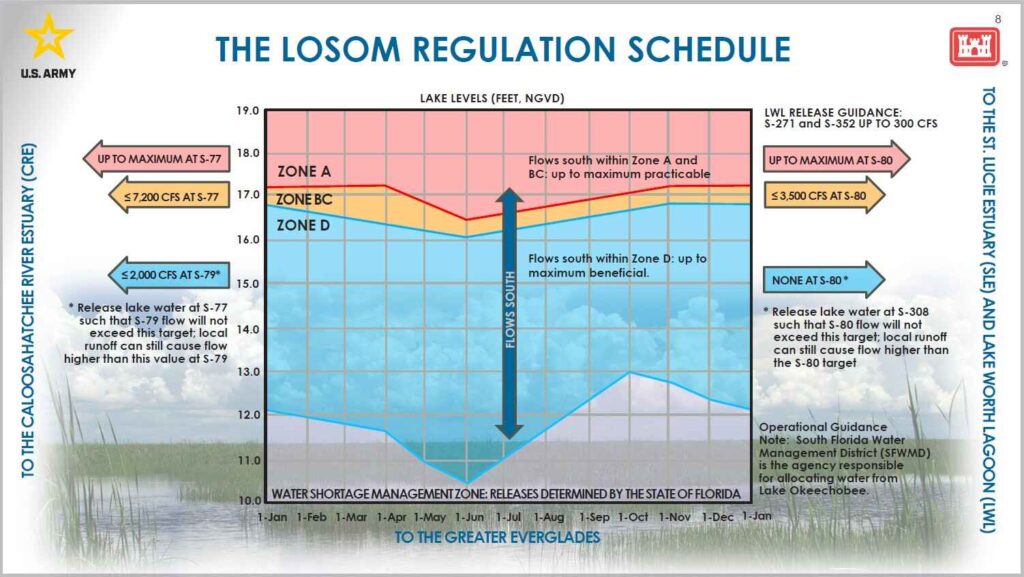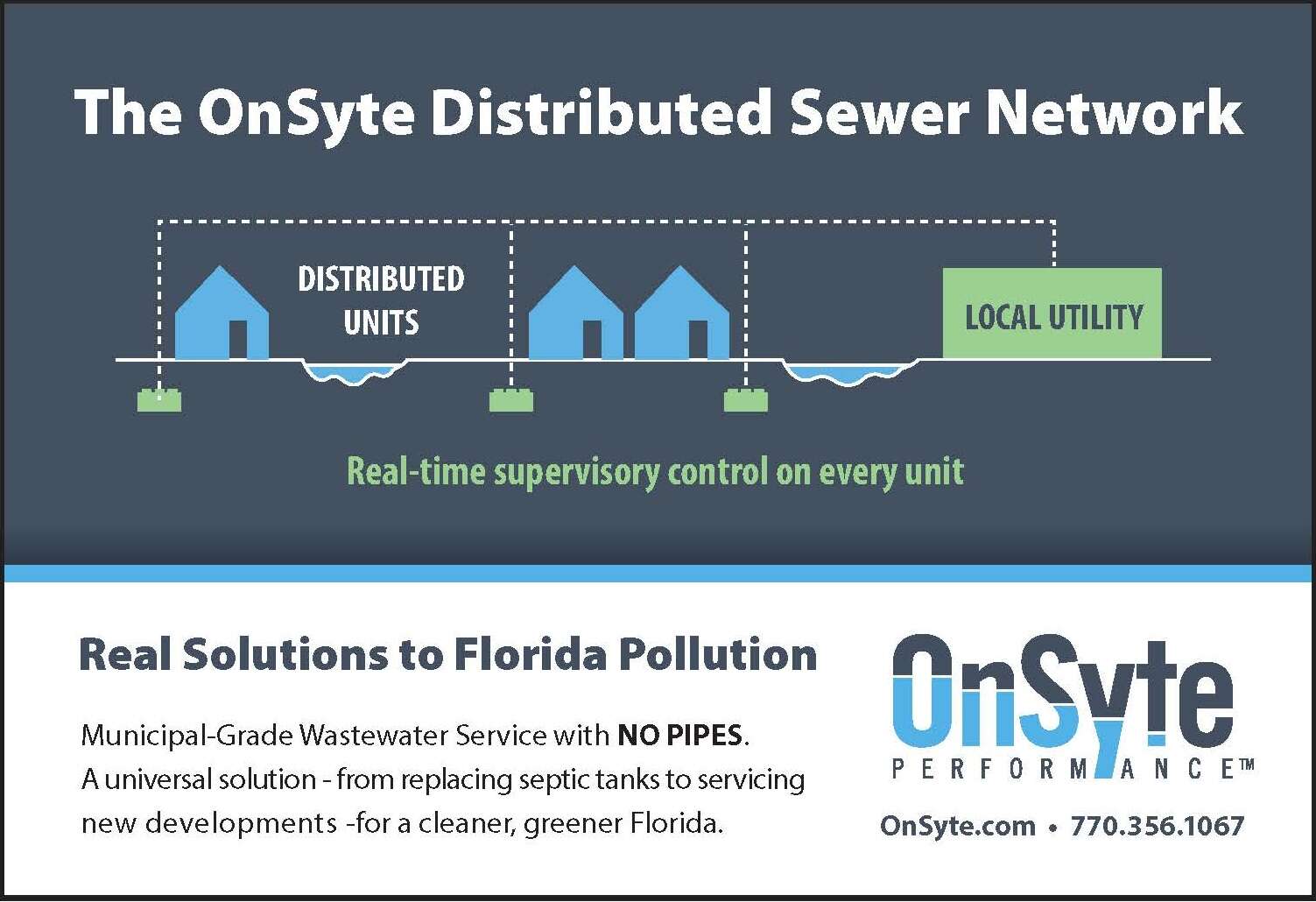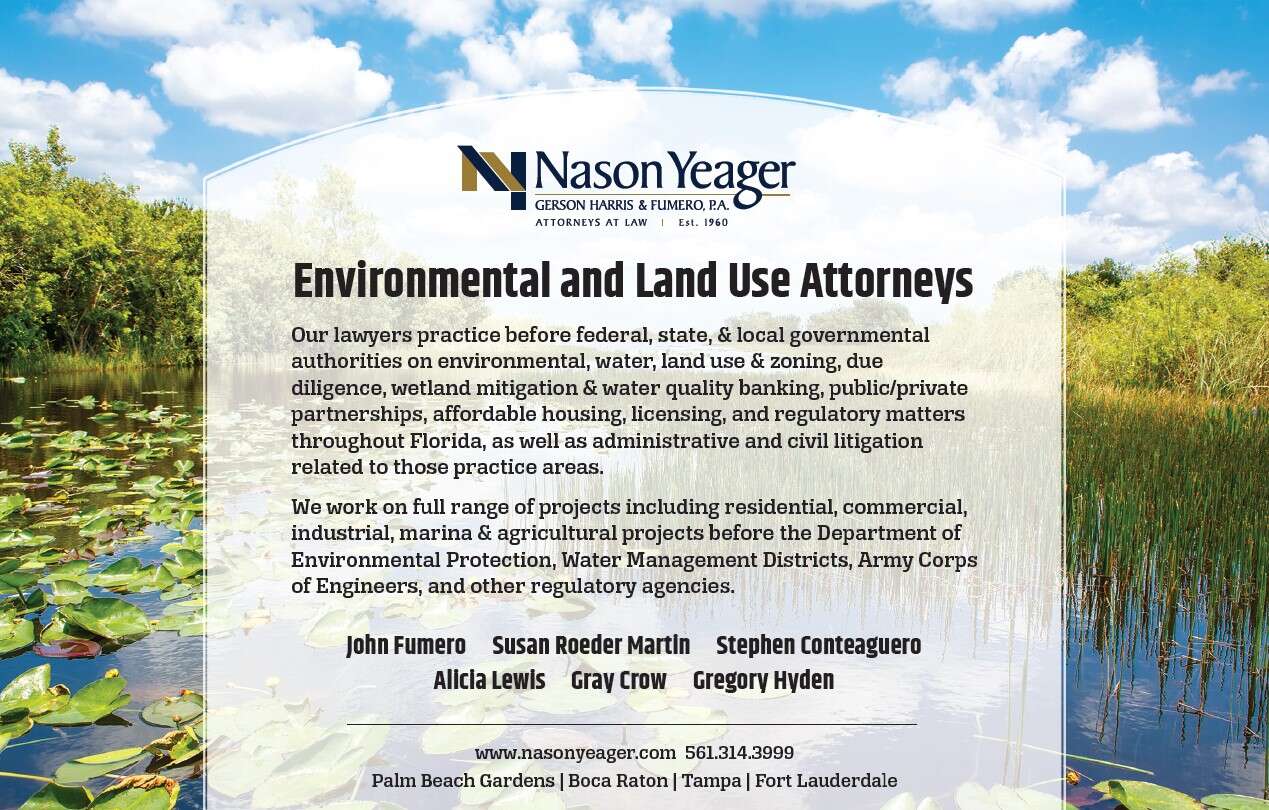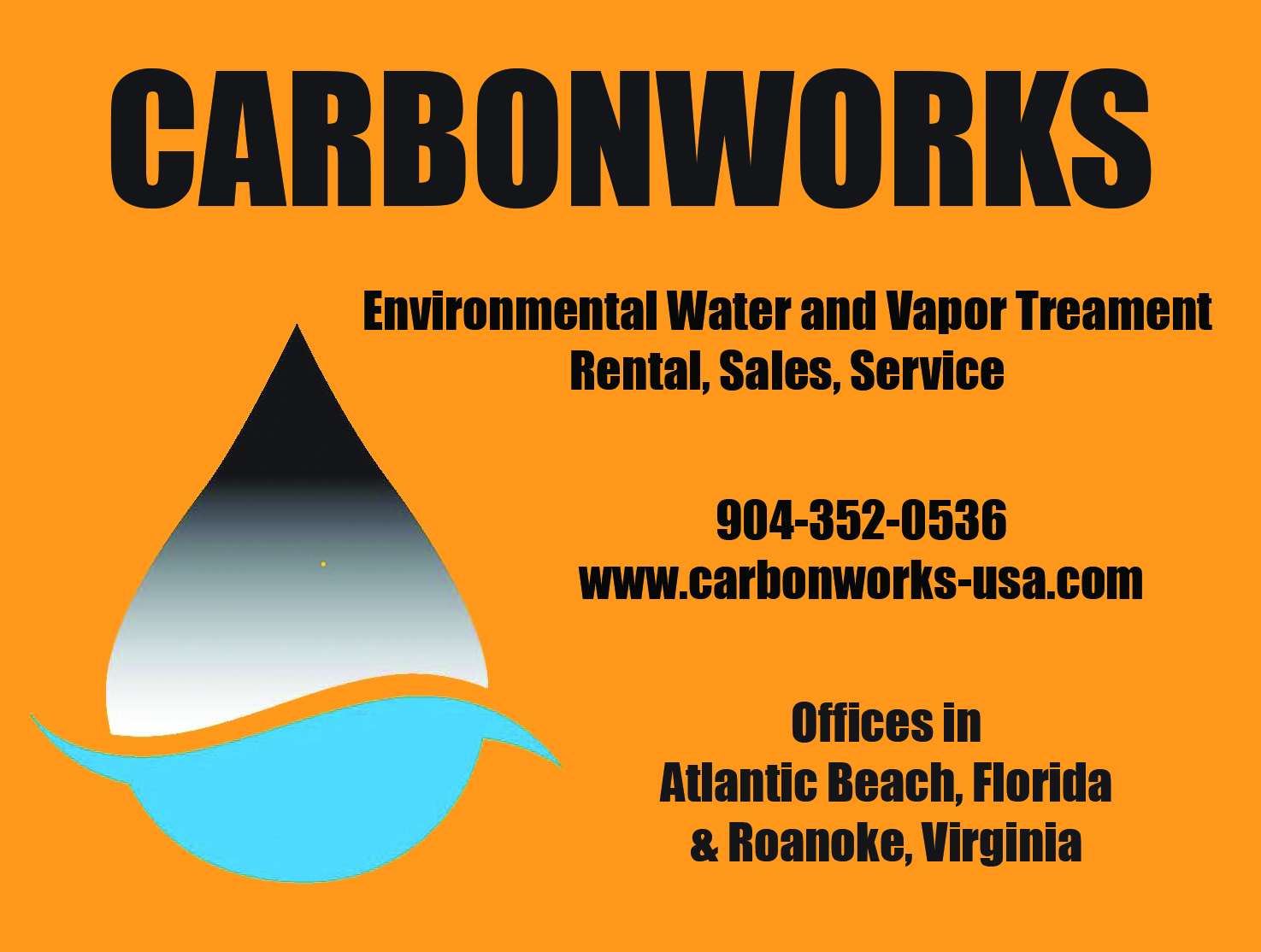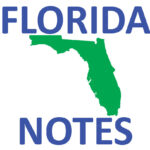
SJRWMD Approves Land Management Plan for the Gourd Island Conservation Area
The St. Johns River Water Management District has approved the 2024-2034 Land Management Plan for the Gourd Island Conservation Area. The Gourd Island Conservation Area offers scenic trails for hiking and biking, as well as immersive wildlife viewing experience. The Plan highlights the District’s commitment to protecting water resources and ecological diversity in St. Johns County.

In addition to its conservation efforts, Gourd Island offers a wealth of recreational opportunities for the local community. “The approval of this plan underscores our dedication to balancing conservation with public enjoyment,” said Mike Register, Executive Director of the St. Johns River Water Management District. “By providing accessible recreational activities we aim to foster a deeper connection between people and nature while safeguarding the ecological health of Gourd Island.”
The 514-acre Gourd Island serves as a sanctuary for native flora and fauna, including the wood stork and gopher tortoise, and features several threatened and endangered plant species. The newly approved plan outlines comprehensive strategies for habitat restoration, invasive species management and sustainable forest practices.
Additional information on the Gourd Island Conservation Area is available at: www.sjrwmd.com/lands/recreation/gourd-island.
SWFWMD Questions About Irrigation
What type of irrigation system is best for your lawn? How do I program my irrigation controller? How much water does your lawn actually need? The Southwest Florida Water Management District has published a new Water Matters Podcast offering residents guidance and advice for managing their irrigation in conjunction with Smart Irrigation Month.
The podcast can be found here: https://www.swfwmd.state.fl.us/media/video/6745
South Florida Water Management District Issues 2024 Lower Kissimmee Basin Water Supply Plan Update

The South Florida Water Management District recently issued the Lower Kissimmee Basin (LKB) Water Supply Plan Update. The plan assesses current and projected water needs through 2045 in the approximately 1,805 square miles Lower Kissimmee Basin Water Supply Planning Area. The LKB includes portions of Glades, Okeechobee and Highlands counties (generally northwest of Lake Okeechobee) and the Seminole Tribe of Florida’s Brighton Reservation.
The 2024 LKB Plan Update provides insight on population estimates and associated water demands and projections, water resource and water supply development projects, and related water supply planning information for the 2022 to 2045 planning horizon.
The Plan is designed to be a guide for local and tribal governments, utilities, agricultural operations, and other water users and it provides a framework for local and regional water supply planning and management decisions in the LKB Planning Area.
SFWMD Plans for Future Water Needs
According to the South Florida Water Management District, (SFWMD) more than 3 billion gallons of water are used in Central and Southern Florida for watering our lawns, drinking, bathing, growing crops, and servicing industries every day.
Planning for the region’s future water needs is a key component of the District’s South service mission. SFWMD scientists, engineers, water managers, and other employees proactively develop long-term water supply plans that monitor, evaluate and identify water sources and projects to meet future water needs throughout its 16-county region.
The District is currently planning for future needsby developing long-term water supply plans, implementing water conservation measures, and identifying alternative water supplies in its five regional planning areas..
Each plan evaluates current and future water demands and identifies water sources for the region’s needs while protecting water resources and the environment. Water supply plans look at least 20 years into the future and are updated every five years to stay current with growth trends.
DEP Conducting a Triennial Review of Florida’s Water Quality Standards
The Florida Department of Environmental Protection (DEP) is conducting a Triennial Review of Florida’s Water Quality Standards. The agency is planning a public workshop to present updates to the standards this fall. Florida is required to conduct a comprehensive review of its water quality standards at least once every three years pursuant to the Federal Clean Water Act.
DEP has published Notices of Rule Development for each impacted chapter in the Florida Administrative Register and is proposing revisions to specific Rule sections in Chapter 62-4, 62-302 and 62-303, Florida Administrative Code (F.A.C.). The surface water quality standards in these chapters are under review and may be revised as part of the Triennial Review. The workshop agenda, proposed rule language, implementation documents, maps and other supporting documentation are available on DEP’s Triennial Review webpage.
Volusia County’s Marine Science Center Closing for Renovations

Volusia County’s Marine Science Center is closing temporarily beginning in September to undergo a $4.2 million renovation that will bring new marine exhibits and expand areas for public education, staff and volunteers. The center will be closed to the public for about nine months.
Planned improvements include the John Crisp Artificial Reef Exhibit, which will educate the public about the benefits of Volusia County’s artificial reef program, a 1,500-square-foot multipurpose education building, a living shoreline and a living reef exhibit, a working coral lab that will provide coral research opportunities to high school and college students, and an Aquarium quarantine deck for new fish that will be added to exhibits. Improvements will also be made to the parking area and main building to improve traffic flow.
The project is being funded through a Volusia ECHO grant and the American Rescue Plan Act. The public may make donations to enhance the new exhibits and educational activities at www.marinesciencecenter.com/support/adopt.stml.
Staff will continue to care for the many birds and turtles that are brought to the center for treatment and rehabilitation throughout the closure. Off-site programs are also being scheduled to educate residents about Volusia County’s wildlife and habitats.
From its opening in 2022, the Marine Science Center has cared for more than 27,000 turtles and other reptiles. The Mary Keller Seabird Rehabilitation Facility at the Marine Science Center has received more than 19,000 birds since it opened in 2004.
Escambia County Area Transit Awarded $21M Grant for Electric Bus, Charging Station Project

Escambia County Area Transit was recently awarded a $21 million grant from the Federal Transit Administration for an electric bus, charging station, and workforce training project to sustainably enhance transportation reliability and improve air quality for residents throughout Escambia County.
The grant will provide nine 35-foot electric buses and four electric cutaways to ECAT to replace existing diesel-fueled 2006 and 2007-model buses. The all-electric transit vehicles will help provide safer and more reliable operations, lower energy and maintenance costs, and reduce dependence on fossil fuels.
ECAT employees will also receive workforce training through the grant allowing them to accurately and efficiently operate, charge, and repair electric buses. The new buses are expected to join ECAT’s fleet by 2026.
“I’m thrilled to introduce electric buses to ECAT’s fleet and enter a new phase of public transportation for Escambia County,” Mass Transit Director Rodriques Kimbrough said. “Receiving this grant reflects ECAT’s commitment to transportation excellence in our community. I’m very proud of our staff for their diligent efforts to secure the grant and keep ECAT moving forward.”
Sarasota County Commissioners Approve Conservation Property Purchase
Sarasota County is acquiring 4.38 acres at Lemon Bay Drive, in unincorporated Sarasota County. The property is predominantly mangrove swamp with some mesic hammocks and remnant scrub habitat. Native vegetation includes slash pine, saw palmetto, cabbage palm, live and laurel oak, and red, black and white mangroves. Species such as brown pelican, roseate spoonbill, little blue heron, green and brown anoles, and gopher tortoise call the property home.
The acquisition is expected to be completed by December.
The county’s voter-approved and taxpayer-funded land acquisition program has been instrumental in acquiring and protecting more than 110 properties totaling more than 41,000 acres since it began in 1999. The program enhances biodiversity and protects species and habitats, establishes wildlife corridors and provides nature-based recreational areas.
Neighborhood parkland acquisitions provide community access, preserve natural and cultural resources, and increase recreational water and trail access opportunities. The county encourages residents and visitors to participate by nominating land for protection.
Pascoe County Commissioners Approve New Parks Tax
The Pasco Board of County Commissioners (BCC) recently approved a new countywide Parks, Recreation, and Natural Resources maintenance tax to ensure continued, timely maintenance and safety of facilities countywide. The revenue will also support a dedicated maintenance team and provide essential equipment.
“This new way of paying for progress in our parks will set us up for success for years to come,” says Pasco County Commissioner Kathryn Starkey. “This is a stable funding source to ensure our parks are safe, clean and beautiful as we continue to serve our growing communities.”
Property owners will see the Parks Maintenance Service Taxing Unit (MSTU) reflected on their annual property tax bills beginning in November 2024. For properties with a tax value of $100,000, the parks tax is proposed at $17.12 – the maximum rate residents can expect. This amount is pending the BCC’s adoption of the final budget later this year.
Polk County Hosts Lithium-Ion Battery Training Exercise
Polk County’s Waste and Recycling Division recently hosted a “Lithium-Ion Fire and Chlorine Release” exercise at the North Central Landfill. The four-hour exercise, which was funded by the Central Florida Regional Planning Council, prepared staff to effectively and safely deal with a lithium-ion battery-related emergency at the landfill.
“Lithium-ion batteries are all around us,” said Dale Henderson, director of the county’s Waste and Recycling Division. “They’re in our laptops, phones, toys, the list goes on and on. They’re not supposed to end up at the landfill, but they often do, either because residents don’t realize they’re throwing the batteries in the garbage, or because they think they’re not doing any harm.”
Lithium-ion batteries can easily overheat, rupture and ignite fires. According to the county, there have been four lithium-ion fires at the North Central Landfill in 2024. To prevent similar occurrences, Polk County residents can drop off used lithium-ion batteries at the county’s Household Hazardous Waste facility.
Participants in the exercise included Polk County Fire Rescue, the Polk County Sheriff’s Office, Polk County Emergency Management, the Broward County landfill, Lakeland Electric, the Florida Department of Environmental Protection and the Florida Forest Service.
“We brought these community partners together to review our current policies and to identify needs with regard to lithium-ion batteries,” Henderson said. “That way, when the worst-case scenario occurs, we’re ready to work together. The landfill is a unique, ever-changing landscape, and it takes a prepared group of professionals to keep it safe.”
U.S. Federal Highway Administration Offers Online Environmental Guidance
The U.S. Federal Highway Administration’s (FHWA) Planning and Environment Linkages (PEL) Handbook and Flowchart are available online to assist planners and environmental professionals in implementing PEL.
Planning and Environment Linkages (PEL) is a collaborative and integrated approach to transportation decision-making that considers environmental, community, and economic goals early in the transportation planning process and uses the information, analysis, and products developed during planning to inform the environmental review process.
The PEL Handbook provides detailed information on how to effectively implement PEL and leverage planning information and decisions during the environmental review process. The PEL Flowcharts offer a step-by-step guide through the PEL authorities and highlight the requirements involved. FHWA has also released a new PEL webinar recording that offers practitioners guidance to support implementing PEL approaches. The webinar includes detailed information on the PEL Handbook and how to effectively implement PEL and leverage planning information and decisions during the environmental review process. The PEL Handbook, Flowcharts, and webinar can be found on the Federal Highway Planning and Environment Website.


